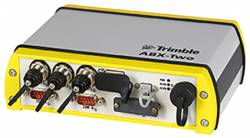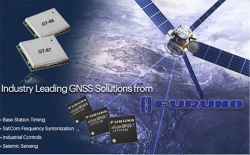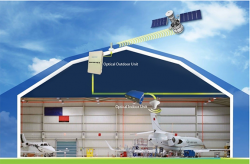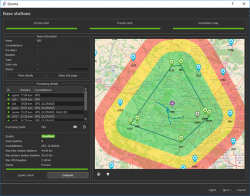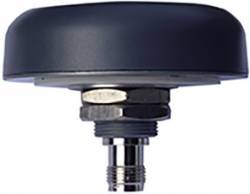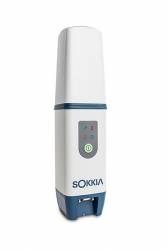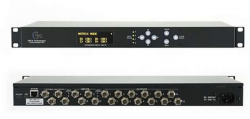Skyworks Launches Low-Power LNA for GNSS Radio Receiver Applications
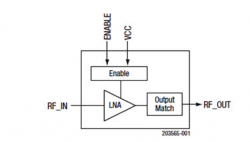 The SKY65623-682LF is designed for GNSS radio receiver applications. Photo source: Skyworks.
The SKY65623-682LF is designed for GNSS radio receiver applications. Photo source: Skyworks.Skyworks Solutions of Woburn, Massachusetts, has launched the SKY65623-682LF low-noise amplifier (LNA) for applications including wearables, asset trackers, navigation devices, and action cameras.
The SKY65623-682LF is a Microwave Monolithic Integrated Circuit (MMIC) front-end LNA designed for GNSS radio receiver applications. The device is designed to provide low current consumption (1mA @ 1.8V supply), optimal gain, and a superior noise figure (NF). Output matching components are embedded inside the device. Only one external input matching inductor is required.
By Inside GNSS
